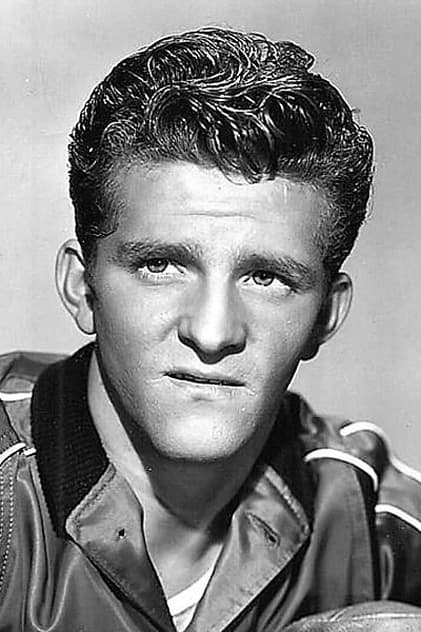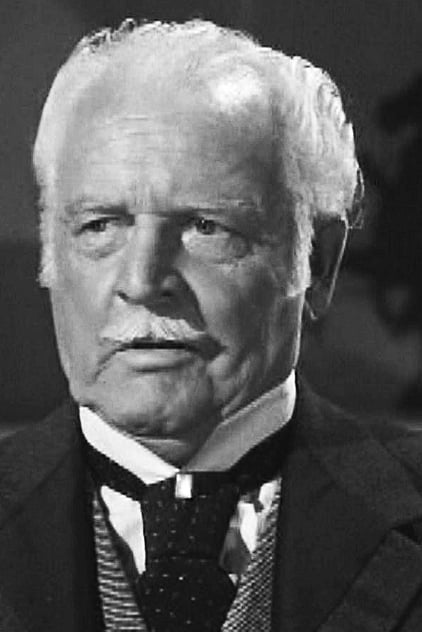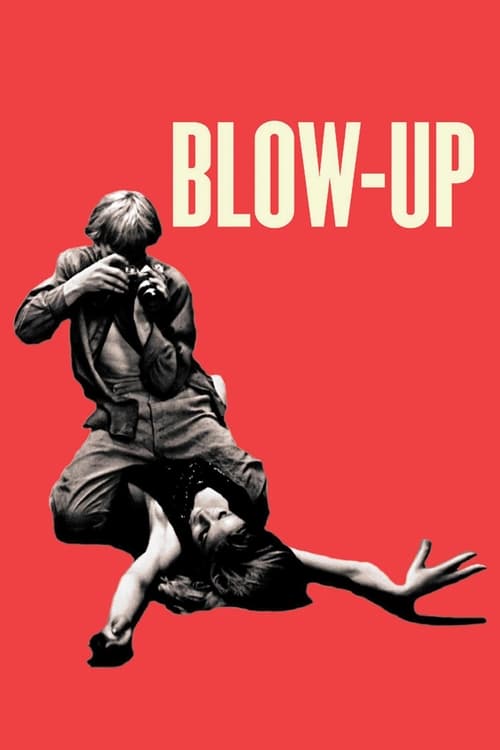

1941
·82m
I Wake Up Screaming
Summary
A young promoter is accused of the murder of Vicky Lynn, a young actress he "discovered" as a waitress while out with ex-actor Robin Ray and gossip columnist Larry Evans.
Director
H. Bruce Humberstone
Dialogue
Arthur Berthelet
Dialogue
George Wright
Novel
Steve Fisher
Screenplay
Dwight Taylor
Reviews
felixxx999
August 19, 2017
From Noiroftheweek.com
I Wake Up Screaming is never mentioned in the same breath as The Maltese Falcon when discussing the birth of film noir. Which would be a mistake.
Both films were made around the same time. I Wake Up Screaming, however, is much closer to being a true film noir. That's thanks to some fantastic stylistic camerawork (low angles, dark shadowy corners, shadows of Venetian blinds, low lit closeups and so on) and a complicated plot made even more twisty with flashbacks. The Maltese Falcon, on the other hand, is shot mostly like a '30s drawing room mystery (true, there are two fantastic shots: Sydney Greenstreet shot from the floor to look like a grotesque giant; and Mary Astor taking the elevator to hell with the shadows of the bars marking her face). But I Wake Up Screaming is loaded with them. It's one of the best looking film noir from the classic era. But it's not just the film's look that makes it noir.
John Huston famously said he used Hammett's book as the Maltese Falcon's script. In other words, he didn't try to change it. Therefore, the film ends up being the truest version of Dashiell Hammett's story.
I Wake Up Screaming came about much differently. It's is based on a novel by one of best (and sadly now forgotten) pulp writers Steve Fisher. It's a Hollywood story about an up-and-coming movie star that dies mysteriously – and the people obsessed with the crime and the beautiful victim. More than likely, because of the film's limited budget the story was moved to New York City. The glamorous – and numerous locations – in southern California from the novel were whittled down to a few. Now instead you had a movie with only a few locations – all that would be shot in sets at Fox in LA --except for a few second unit pickup shots. The limited amount of locations possibly made the film unintentionally claustrophobic. But what the film makers didn't change was the fact the the film was based on hardboiled pulp. A clue that that's true is a shot of Black Mask Magazine displayed in one scene.
Black Mask Magazine makes its only appearance in a film noir. Black Mask Magazine, for those who don't know, published stories from many of the greats including Hammett, Raymond Chandler, Steve Fisher, Cornell Woorich and Erle Stanley Gardner. Film noir (and clearly this film) was inspired in part by the magazine that was edited in it's prominence by Cap' Joseph Shaw. I Wake Up Screaming's director H. Bruce Humberstone and producer Milton Sperling never made a noir before (obviously, since it was one of the first) but also never made one after this. They did, in fact, mold what was to be film noir with this early noir movie. And they did it, in my opinion, based on hardboiled crime pulps. Extraordinary when you think about it. And when you look at all the sunny movies being released by 20th Century Fox at the time.
I think because it's from 20th Century Fox (not known for their crime films like the WB) you'll see and hear a few things that remind you of the studios normal fare. There are a few light comic moments that should have been excised from the film. The scene at the public pool is also unnecessary. I get it. They had to have show Grable's stems and Mature shirtless. But it's silly. And I'd rather not think of the germs in an all-night New York City public swimming pool. There isn't enough chlorine in the world to clean a pool like that.
The soundtrack is also not quite right. It's is a constant barrage of Somewhere Over the Rainbow and Alfred Newman's Street Scene. It's quite annoying. Street Scene is 20th Century Fox's theme for New York. It was used in a number of noir including: Cry of the City, The Dark Corner, Where the Sidewalk Ends, and Kiss of Death. Somewhere Over the Rainbow should only be in one movie. Street Scene is something I usually like but man, they use it a lot. The rest of the soundtrack is hit and miss.
Some notable changes does make you think that the studio wanted a lighter-toned film. After the film was made, the movie's title was changed to Hot Spot (as in a hot-spot nightclub). Early promotional material and even some reviews (Variety noted: “Hot Spot may suggest a nightclub background, but such scenes are only incidental.”) use the newer, weaker title. The title was changed back from Hot Spot to I Wake Up Screaming just before it's release thanks to the cast demanding they use the film's original moniker. Smart move. I Wake Up Screaming is one of the best titles for a film noir.
The 2006 DVD has a deleted scene showing Grable singing a song at her job selling sheet music at a department store. The clip has no place in the film and it's now where it should be (as an interesting extra, but not part of the film).
Betty Grable hadn't yet become America's top pinup. She's out of place in noir but does a fine job in this. Obviously she'd have much better success at other types of films in the future, but she holds her own.
The rest of the cast does too.
Victor Mature is solid as he always is. Unfortunately, like his other starring roles in film noir, he's overshadowed by the villain.
This time it's Laird Cregar (This Gun for Hire, Hangover Square, The Lodger) who's steals the spotlight from Mature. He's an outstanding film actor despite not yet even 30 years old. Cregar dominates the film and is the most memorable actor in the movie. According to the excellent DVD commentary by Eddie Muller, Steve Fisher named Cregar's character in the book Cornell after fellow pulp writer and friend Cornell Woolrich. Brilliant oddball Woolrich was a skinny ginger. Casting Cregar as Mature's physical equal (they were both big and about the same height) makes the conflict between the two believable. Cregar is kind of a fun house mirror version of Mature. I wish they played up the scene where Mature wakes up to see 300-pound Cragar sitting in his bedroom watching him. It's very creepy and would cause most to scream if they were in the same situation.
Third-billed Carole Landis (teamed with Mature after appearing together before in One Million B.C.) has a key but ultimately forgettable role. Her demise in the film mirrors the actresses limited success and suicide in real life. Landis and Grable do look like sisters, though.
Some key noir faces in supporting roles: Elisha Cook, Jr. He appeared in Stranger on the Third Floor a year before and apparently was shooting his part in The Maltese Falcon at the same time as I Wake Up Screaming! Keen eyes will spot Charles Lane as a florist; Night Editor William Gargan; and gum-snapping working girl Iris Adrian plays Grable's work friend (in the deleted scene on the DVD.)
At The Back Alley, arguments were made not that long ago about the noir-ness of The Maltese Falcon. But those arguments couldn't be made for I Wake Up Screaming. Despite it's sometimes comic tone and strange soundtrack it's a film noir.
Media
Status:
Released
Original Language:
English
Budget:
$0.00
Revenue:
$0.00























































